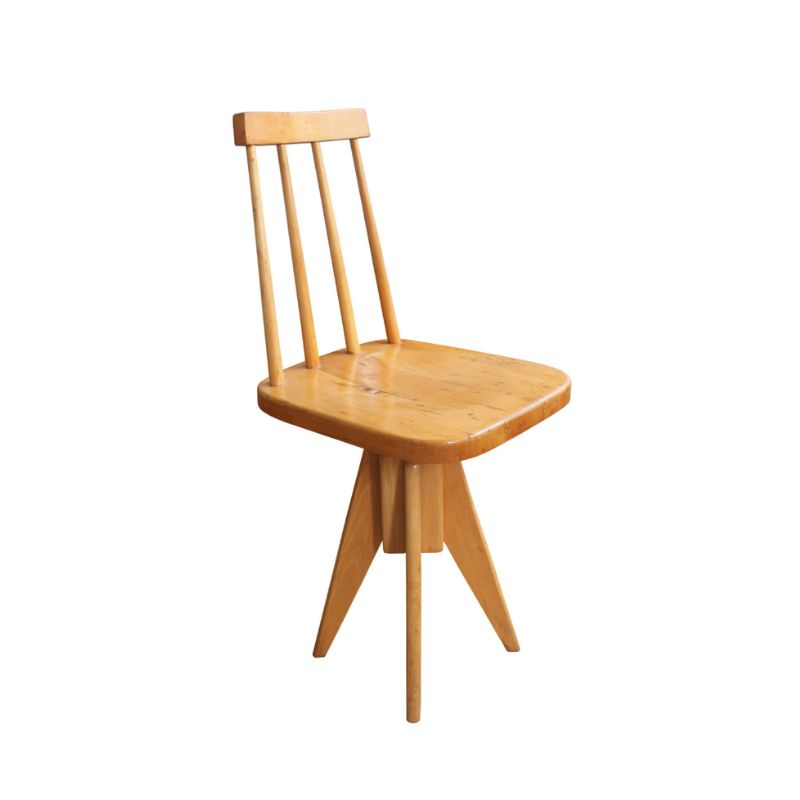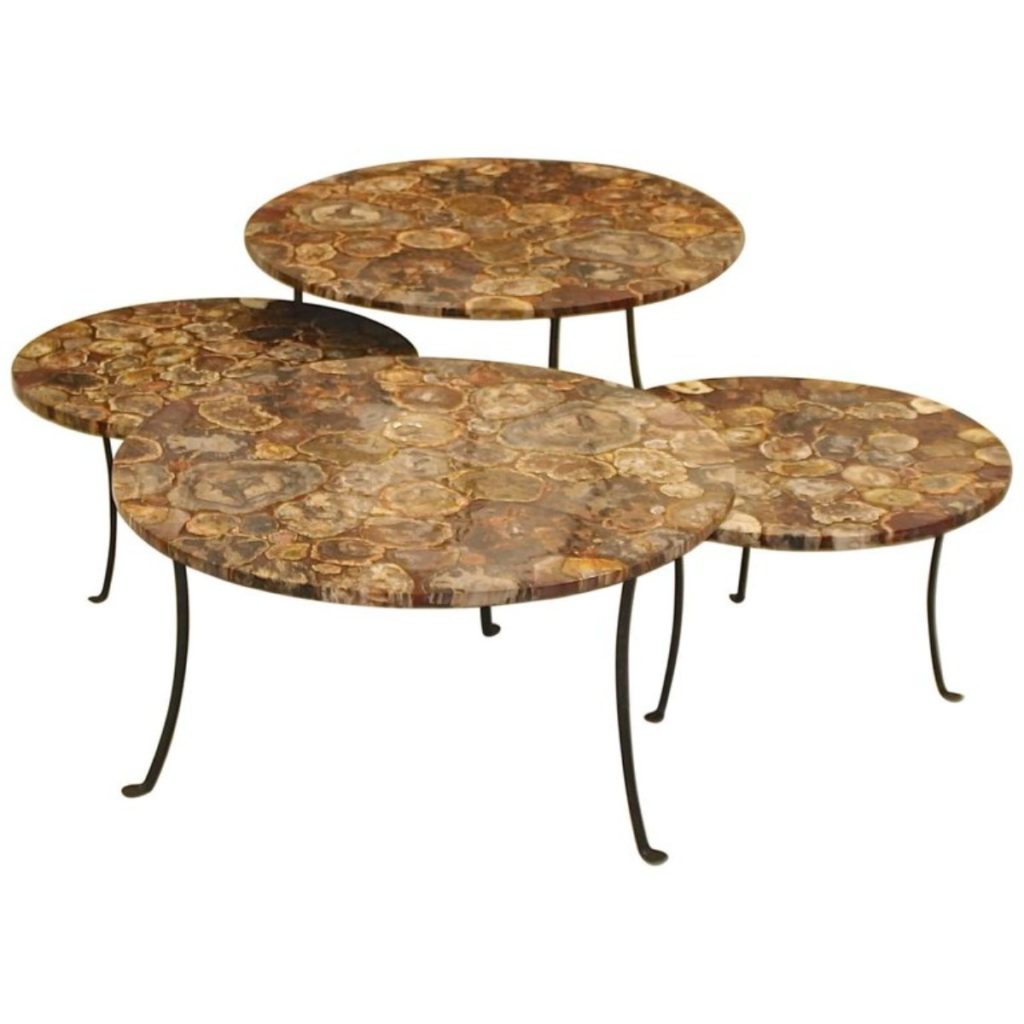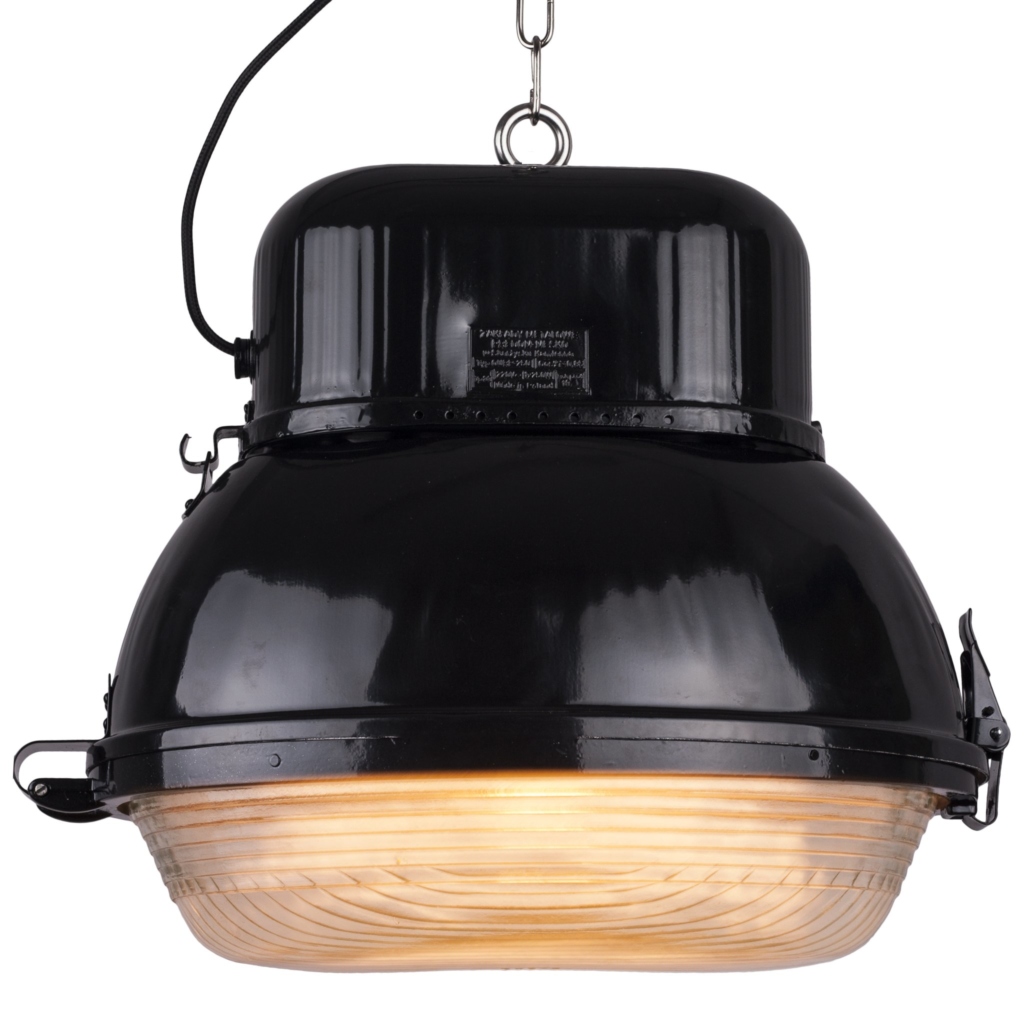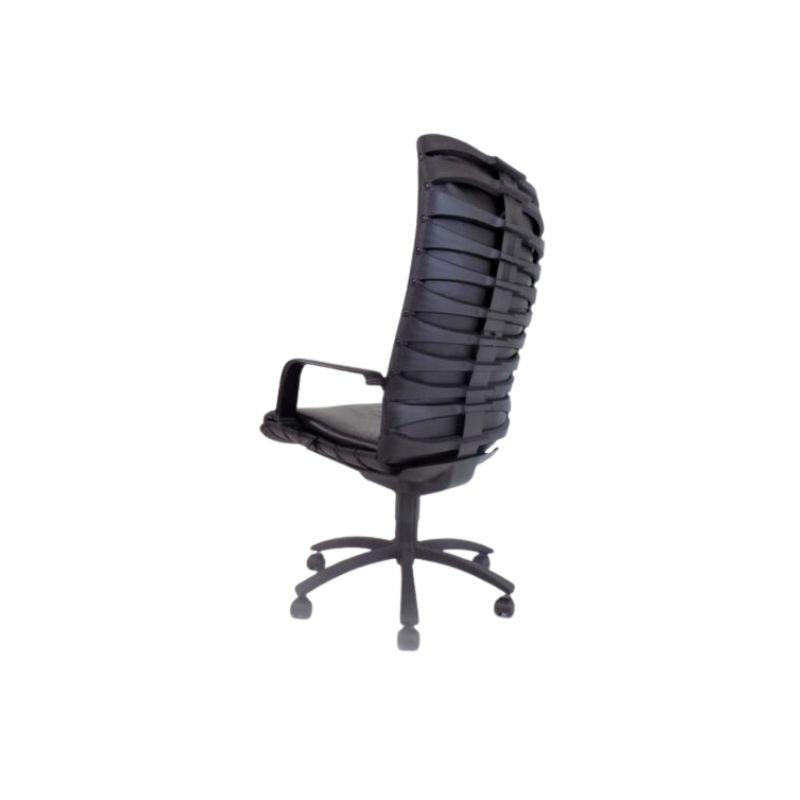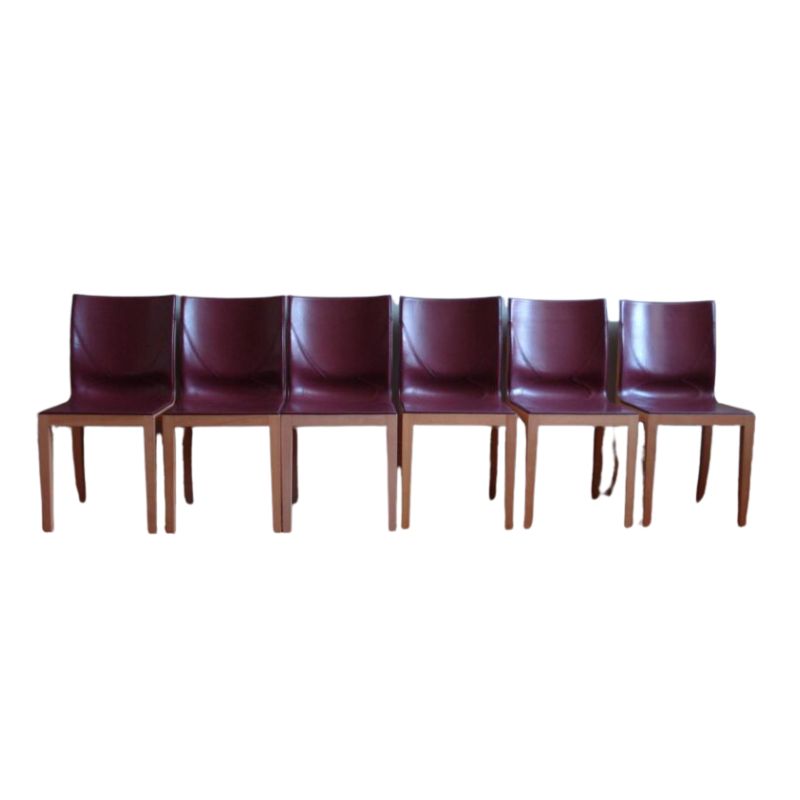my two cents...
If by 60's, you mean modern furniture in general, I think *some* of its popularity here in the US might relate to the current housing market.
With interest rates so low, demand for housing has sent home prices skyrocketing. Here in New York, the consequence seems to be that younger homebuyers settle on smaller spaces -- and are often required to mail off their last penny to make the downpayment.
So I think the combination of smaller living spaces and reduced bank accounts have -- for some people -- helped create a welcoming environment for modern furniture design.
After all, the proportions of modern furniture tend to suit better a 700 s.f. studio; while the shapes and contours rarely dwarf small quarters, as do larger, contemporary pieces.
As far as affordability, while an Eames recliner is out of reach for strapped homebuyers, it's not unheard of to find affordable, vintage pieces in a thrift store or at a yard sale -- in fact that's part of the allure.
Just a theory... Now let me unfurl my Rya rug so I can genuflect to Alan Greenspan.
Simple, egalitarian and unselfconscious...
The times we live in now are baroque in so many ways. Sixties designs, at least those we choose to recall fondly, kept it simple, egalitarian and unselfconscious. Every time I get done working with software, with figuring out my cell phone, with choosing between types of cable/dish services, it is always pleasing and relieving to look at my few pieces of Mid Century Modern.
I don't know
if the poster was asking us to distinguish between fifties (classic MCM) and sixties (Pop, among other things) -- if so, we haven't quite answered the question. But I'll add my support of classic modernism to the others (as that's what many of us seem to admire most): honest and clear use of material, at modest scale, to solve human-body support and goods storage problems, etc, in a refreshing and even witty way. Furniture that "smiles". . .
maybe
because the 60 was the first decade where designers really stood up and gained a place in society and won a lot of popularity. maybe we can say (sorry bauhaus, sorry horta...) that design started in the sixties, perhaps becaus everything was possible and the style was visually really strong and recognisable (can onyone say which was the style of the nineties?)
"design started in the sixtie...
"design started in the sixties"
I would not go that far. Yes, more things were socially acceptable then, but as charles eames says good design can happen because of constraints. Social views may have been a constraint prior to the 60s. Many designs before the 60s I consider to be superior. I think is is a greater task to design something that is great and recognizable with constraint. That's not to say I always prefer this, it just seems like a bigger challenge. The 60s allowed designers to go crazy, some for the better and many for the worse. Some designs from that era seem to be weird just to be weird ... all about form and shock value.
That being said, I prefer furniture from 45-60 for the most part. But for some reason I really like 60s-70s lighting and objects. Maybe because a little pop goes a long way and it is one thing to have a nesso lamp but quite another to have a large biomorphic panton piece.
Good question, my interest...
Good question, my interest was sparked 6 years ago when someone in an antique store informed me that my Knoll tulip table, which I bought in the sixties and had stored in attic, was now a collectors item. Later I bought a computer(yes, rather late, I'm in my early 70,s) and slowly came to see the fascination for retro stuff. Credit HGTV also for showing Eichler and other homes with newer owners hoping to furnish them with original pieces. I now use my Knoll table, and wink when I see todays tv commercials using so much of this old vintage "stuff", tulip side table Barcelonas,womb chair, seem to be most used pieces. Havent some of the ad agencies found any of todays stuff to be comparable, or as eye appealing? So, any one work for an ad agency here?
If you need any help, please contact us at – info@designaddict.com



